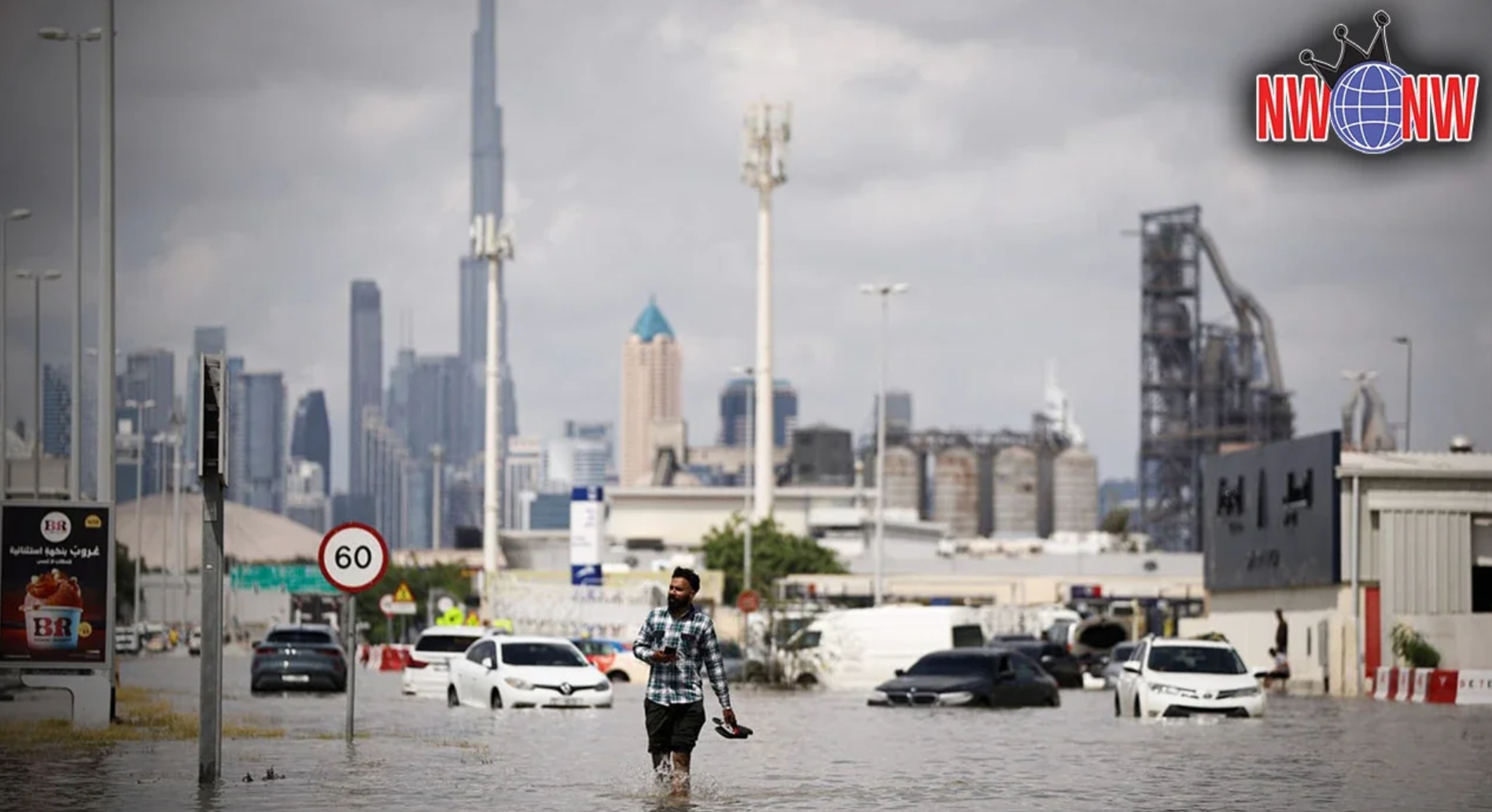The Iranian Conundrum: Shaping a Way Ahead, by James Durso

Though Iran is famous (or infamous) for its growing suite of weapons, recently the Islamic Republic has been making progress in civil aerospace.
Iran Observer recently reported that Iran mastered the single crystal turbine blade technology of the CFM56-5B series aircraft engine, widely used in many Boeing and Airbus aircraft. Single-crystal technology, which is highly automated, was refined by aerospace technology leaders such as Rolls-Royce, and the claim that Iran has also mastered the complex processes will be worrying for Western export control managers.
Iran’s MAPNA Group announced the successful test of a reverse-engineered CFM-56 turbofan engine, and Iran recently completed C Check maintenance on an Aeroflot Airbus A330-300. The latter is important as it requires up to 6,000 maintenance hours and specialized tools and technicians, and highlights Iran’s push to develop skills and services that can contribute to its economy which has been under attack almost continually since 1979.
On the military technology side, arms exports have increased five times and the country is self-sufficient in making drone engines, according to Iran’s defense minister.
Iran recently announced it developed a hypersonic missile, and shortly afterwards the Houthis, the Yemeni insurgent group that is giving the U.S. Navy fits, claimed that they had a hypersonic missile, though they likely got it from Iran’s Revolutionary Guard.
In 2023, Iran transferred a drone factory to Russia and the drones have make a big contribution to Russia in the NATO-Russia war in Ukraine. Also in 2023, Iran and Russia inked a deal to transfer Su-35 combat aircraft to Iran, and Iran reportedly transferred surface-to-surface ballistic missiles to Russia.
And Iran is clearly part of a global trend whereby authoritarian competitors of the West are working together to create a system of defense which they view as necessary to deal with Western threats, real and imagined.
The leaders of the G7 threatened Iran with “significant measures” if the ballistic missile deal goes ahead, though it remains to be seen if more sanctions will make a difference when the missiles can be safely transferred across the Caspian Sea.
Iran is best known for its nuclear program, with Tehran claiming the program is for peaceful uses and the U.S. and Israel claiming Iran’s true intent is to develop nuclear weapons to threaten Israel.
Iran is probably has a nuclear program for civil and military uses and the military aspect makes sense; if the country is a nuclear threshold state it may stay an Israeli pre-emptive attack that will roil all of West Asia. And having nukes is a kind of invasion insurance as Washington and Jerusalem will have to consider the consequences of even a conventional strike on Iran.
In any case, Iran’s leaders will never surrender their nuclear technology no matter what the U.S. threatens or promises them because they saw what happened to the late Libyan leader Muammar Gaddafi after he complied with the West’s demands.
Iran has “the largest and most diverse ballistic missile arsenal in the Middle East,” according to the U.S. Institute of Peace. Though it relies on foreign suppliers for some components, it has developed solid- and liquid-fuel missiles with ranges up to 2,000 kilometers. Iran has used ballistic missiles against targets in Iraq, Syria and Pakistan, and Israel is within range. Mating a nuclear warhead to a missile is tricky endeavor but not impossible if Iran forgoes development of multiple warhead missiles (MIRVs) in favor if a single warhead payload.
And Iran’s hacking forces specialize in stealing information and are lately targeting infrastructure such as ports, energy companies and transit systems, according to Microsoft.
Iran thinks it’s playing defense and will never divest itself of its technology, a significant national achievement despite it being the target of a multi-decade campaign by Washington and its allies.
Why is that?
Iran’s grievances start in 1953 when the U.S. and UK ran the coup that deposed Iran’s prime minister Mohammad Mosaddegh, most noted for social reforms and nationalizing the oil industry that was controlled by the Anglo-Persian Oil Company (later British Petroleum). The Americans installed Mohammad Reza Pahlavi, a nervous man who fled Iran when the first coup attempt against Mosaddegh failed. Pahlavi ruled until 1979 when he left Iran for the last time in the wake of the 1978 Islamic Revolution.
After the Iranian students stormed the U.S. embassy in 1978, Washington imposed sanctions on Iran, removed them after the hostages were released, then reimposed them years later in response to Iran’s support for groups like Hezbollah. Then, after U.S.-Iran cooperation in ousting the Afghan Taliban, Washington casually added Iran to the “Axis of Evil” at a time when Iranian Revolutionary Guard leader Major General Qasem Soleimani suggested “Maybe it’s time to rethink our relationship with the Americans.”
Since then it’s been more sanctions, the STUXNET virus attack on the country’s nuclear program, assassinations of civilian scientists, and the killing Soleimani in Baghdad, as he was reportedly carrying a message of conciliation from Tehran to Riyadh.
The guys who run Iraq, Iran, and Saudi Arabia are no oil paintings but in the wake of the Soleimani hit they probably surmised the Americans knew what Soleimani was doing and killed him to stymie local peacemaking efforts. This opened the door for China to mediate between Iran and Saudi Arabia that resulted in a visit by Iranian president Ebrahim Raisi to Saudi Arabia.
As a result of Iran’s efforts, America and its allies may soon face more Iranian-developed weapons on the battlefield.
The Houthis have claimed they have a hypersonic missile and we’ll know if that’s true sooner rather than later. In the meantime, the Yemeni militants have attacked U.S. warships and alleged Israel-inked merchant ships in the Red Sea and Gulf of Aden with drones and anti-ship ballistic missiles. They haven’t yet hit a U.S. Navy vessel but that’s just a matter of time. And the Iranian drones are doing yeoman work in Ukraine as anyone with the Telegram app can testify.
For the United States to deal with these challenges, it will only be able to do so as a member of a coalition. For Washington, D.C., when Iran is on the agenda, it’s always 1979 and American leaders must lead a “global coalition” against Tehran. This is not in the cards.
Iran and Saudi Arabia are trying to reconcile. It will be a challenge as the Persian, Shia Islamic republic and the Arab, Sunni monarchy attempt rapprochement, but they are confident they can’t do any worse than the Americans who have strewn chaos in their wake since 9/11. And America’s friends, the United Sarab Emirates (UAE) and Qatar, quickly followed suit and reached out to Iran..
The Gulf petrostates have young rulers who want to develop their economies beyond oil and natural gas and being Washington’s proxy will turn them a failed state like Ukraine. Unlike America, which can hide behind the Atlantic and Pacific moats, the Arabs and the Persians are “neighbors forever” and so will leave the Americans to deal with Iran on its own.
But, despite the recent bonhomie with Iran, Saudi Arabia and the UAE are developing their own military industries, and Saudi crown prince Mohammed bin Salman vowed the kingdom seek a nuclear weapon is Iran develops one.
Iran’s governance model is not something most countries would copy, but many countries – even friends of America – admire how it cocked a snook at the West’s attempts to throttle the economy. And it’s hard for U.S. to take the moral high ground when it throws road blocks in front of Iran’s imports of needed medicines.
And Iran and other Global South states likely noted the American Secretary of Commerce when she admitted, “it’s not realistic” to think the U.S. can stop China’s technological development, but rather that the goal was “slowing them down” – the words of a “weak horse” erecting walls around its technology rather than besting the competition.
And this is what passes for American “diplomacy” with Iran these days: Washington asked Tehran to rein in the Houthis, but also complained (“raised concerns”) about Iran’s nuclear program. Of course, the U.S. side couldn’t be bothered with a face-to-face meeting but relied on Omani intermediaries and so both diluted its message and created an obligation to Oman with no net gain for the U.S.
The late Zbigniew Brzezinski, who served as the U.S. national security adviser, warned of the danger of an alliance of grievance of Iran, China, and Russia. The U.S. failed to split Russia from China and didn’t have the imagination in 2002 to consider the possibility of improved relations with Iran that even Soleimani, the hardliner’s hardliner, was ready to consider. And North Korea, which has successfully tested nuclear devices and is feverishly developing its missile force, is also a member of the alliance.
Iran’s neighbors are interested in trade + diplomacy, not warfare + sanctions. Uzbekistan and Turkmenistan are building trade links with Iran, which may become a key part of a land route to China. Afghanistan’s Taliban, back in power thanks to the U.S., are interested in increased trade with Iran despite disputes, sometimes violent, over access to the water of the Helmand River.
Iran and its neighbors in Central Asia – that includes Afghanistan – want to make up for the “lost decades” of the American war in Afghanistan and will resist outsider’s moves that will harm job creation and dilutes opportunity for their young populations.
The Central Asian republics know Washington can press-gang them into its campaign against Iran but they have no animosity toward Tehran – that’s an American pathology. And attacking the republics for trading with their neighbor make the job of China’s and Russia’s diplomats that much easier.
Americans imagine they can solve every problem, despite the evidence of past decades. Washington will see every technology development coming from Iran as a threat to nebulous “U.S. interests” and that old reliable, the (U.S.-dominated) “rules-based order.” A continuing campaign against Iran may elicit sullen cooperation from Iran’s neighbors at the cost of no enthusiasm for other American priorities, and increased openness to Chinese efforts in the region.
Regional connectivity will support Iran and, yes, its technology efforts so if the United States wishes to successfully deal with the challenge, it will have to shift from sole leadership of the West to a member of a coalition to support what follows the American-enforced “rules based” order.
This will be a test to American leaders who will have to learn to build consensus and use trade + diplomacy instead of Washington’s shopworn offering of warfare + sanctions.
James Durso (@james_durso) is a regular commentator on foreign policy and national security matters. Mr. Durso served in the U.S. Navy for 20 years and has worked in Kuwait, Saudi Arabia, and Iraq.



